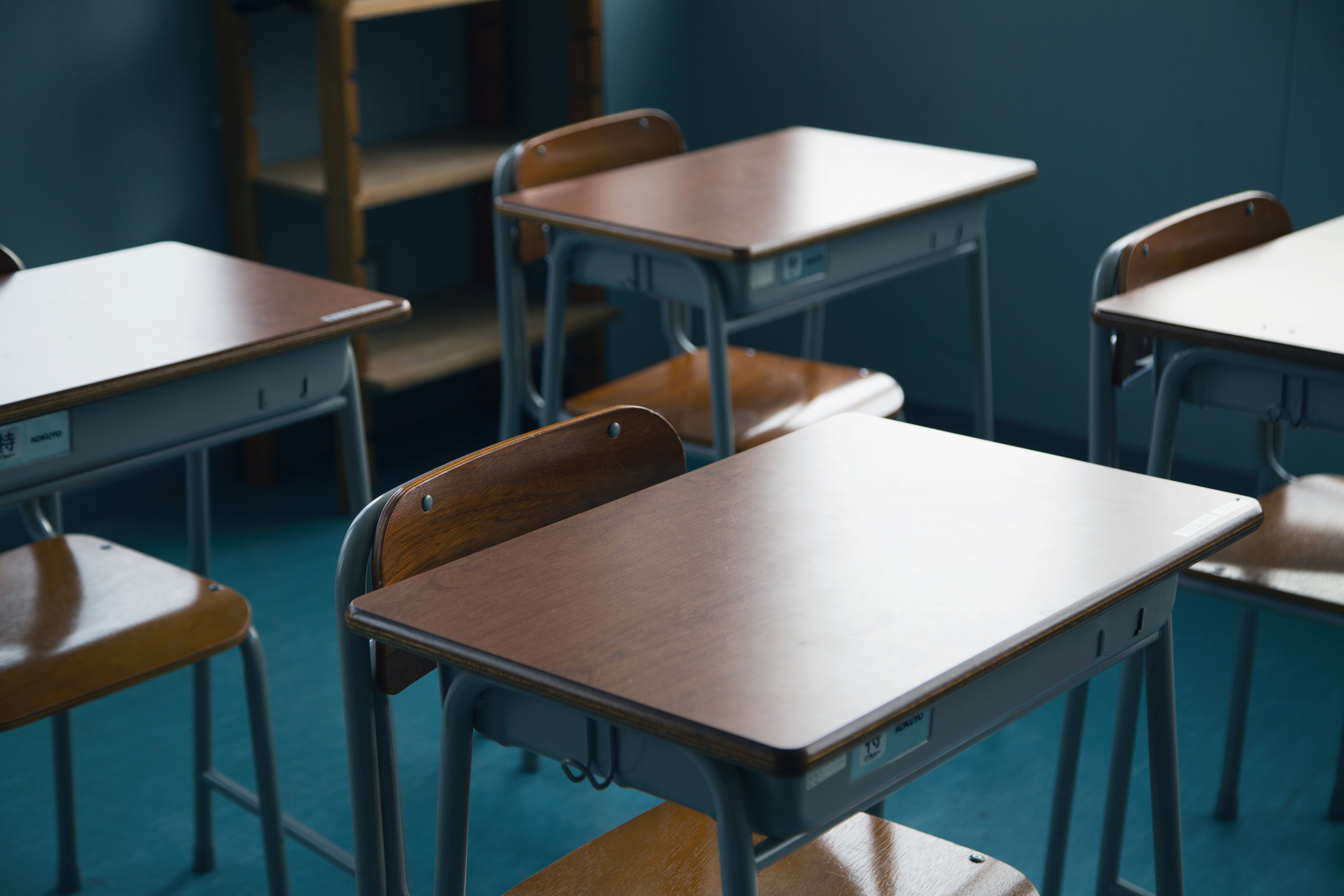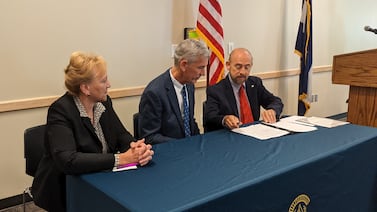Sign up for Chalkbeat Chicago’s free daily newsletter to keep up with the latest news on Chicago Public Schools.
Sign up for Chalkbeat Chicago’s free daily newsletter to keep up with the latest news on Chicago Public Schools.
A shrinking number of school-aged children in Chicago and a growing number of Latino students leaving the school district drove the loss of more than 9,000 students this fall, district officials told the school board Thursday.
In a presentation during the regular October board meeting, officials flagged enrollment declines across grades and types of schools, but particularly at district pre-schools and charter elementary schools. The number of school-aged children in Chicago is down 15% compared with a decade ago, said Sara Kempner, the district’s executive director of data science, insights, and research. Over the past decade has shrunk the number of students the district serves by more than 70,000.
The district reported last month that its official enrollment stood at about 316,220 students, an almost 3% drop compared with last school year. The dip came after two years of slight upticks brought largely by the arrivals of migrant families in Chicago.
This year’s data show the number of Black and Latino students and those who are learning English decreased, while white and Asian American enrollment ticked up modestly.
“Overall, our district’s racial and ethnic makeup has not shifted significantly,” Kempner said.
A Chalkbeat analysis of preliminary data this fall showed that charter schools as well as small district-run neighborhood schools serving predominantly Black students were among the hardest hit by the enrollment drop.
Some advocates and others have voiced concern that stepped-up immigration enforcement in the city is driving down enrollment and attendance as some families fear sending their children to school. Some might have left the city for suburbs or other areas seen as less of a focus of the Trump administration’s deportation push. District officials said Thursday that overall district attendance so far is on par with the start of last school year, though Latino and English learner attendance dipped slightly.
Even as overall enrollment dropped, the number of special education students grew by about 2.5%.
“As we lose students, our students need more from us,” board member Ellen Rosenfeld said, “and that’s the big red flag that concerns me about this data.”
The number of new student enrollments dropped especially in pre-K, kindergarten, and ninth grade, while the number of families leaving the district remained fairly stable. Moving out of Chicago remained the single largest reason families give for leaving CPS, officials said.
The neighborhoods that saw the largest drops in enrollment were the Near North Side, Fuller Park, and the Lower West Side, while student numbers grew the most in Lincoln Park and South Chicago.
One board member, Che “Rhymefest” Smith, urged the district to survey departing families about their reasons for leaving the district. Kempner said the district is open to considering that, but such a survey would likely yield mostly “extreme” perspectives.
“My reaction is maybe we need to hear these extreme responses and not be afraid of that,” Smith said.
Mila Koumpilova is Chalkbeat Chicago’s senior reporter covering Chicago Public Schools. Contact Mila at mkoumpilova@chalkbeat.org.





